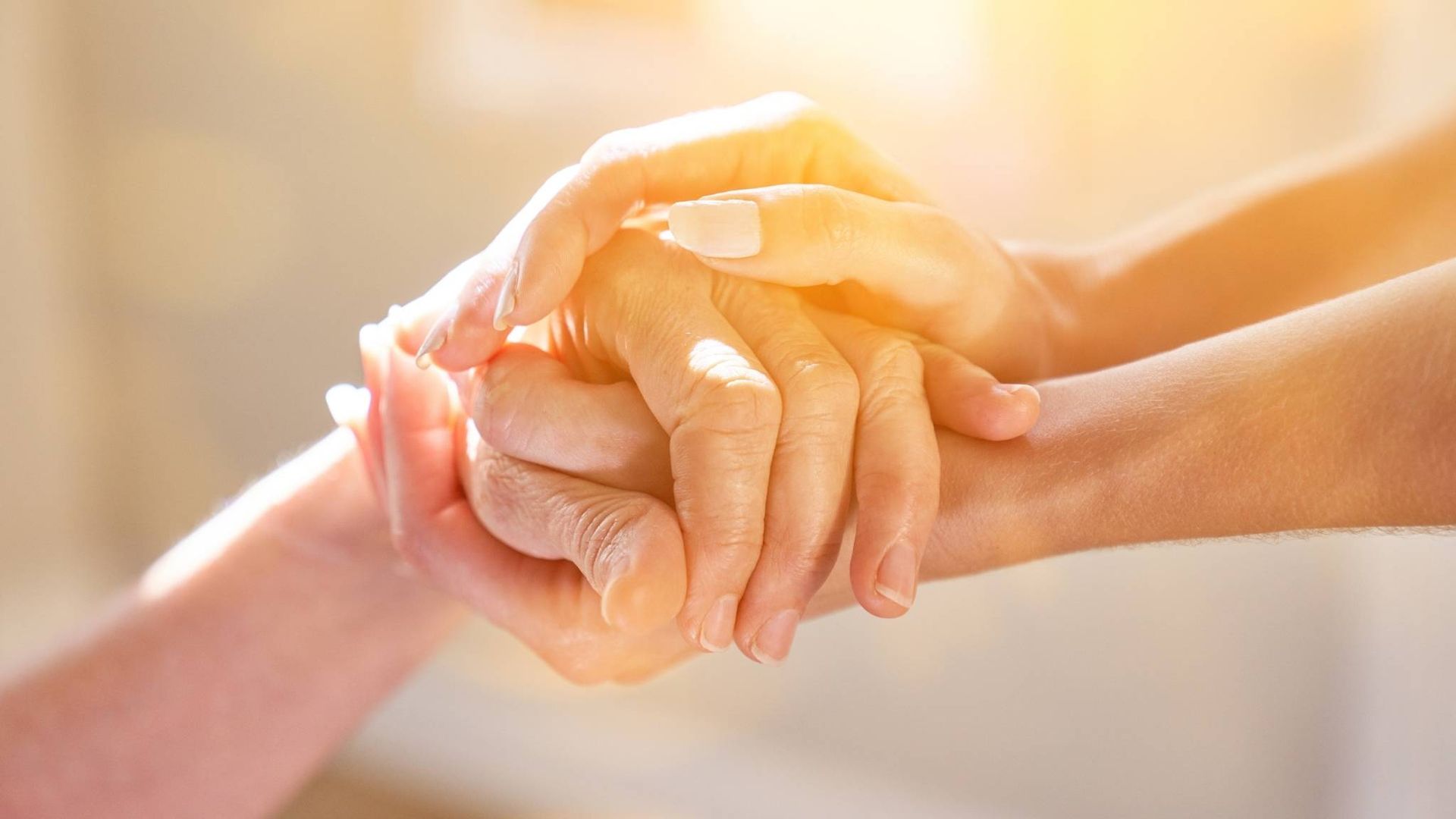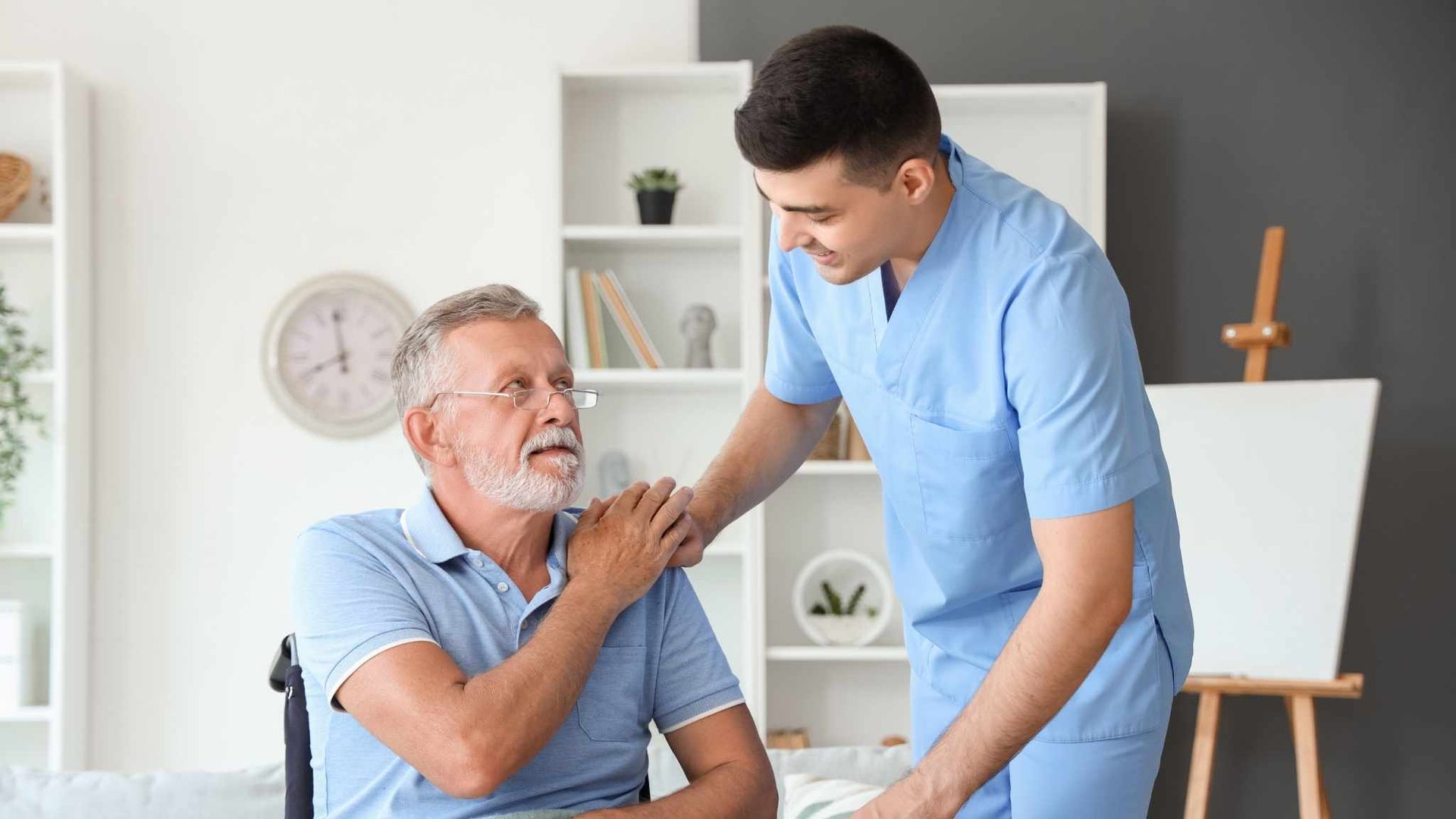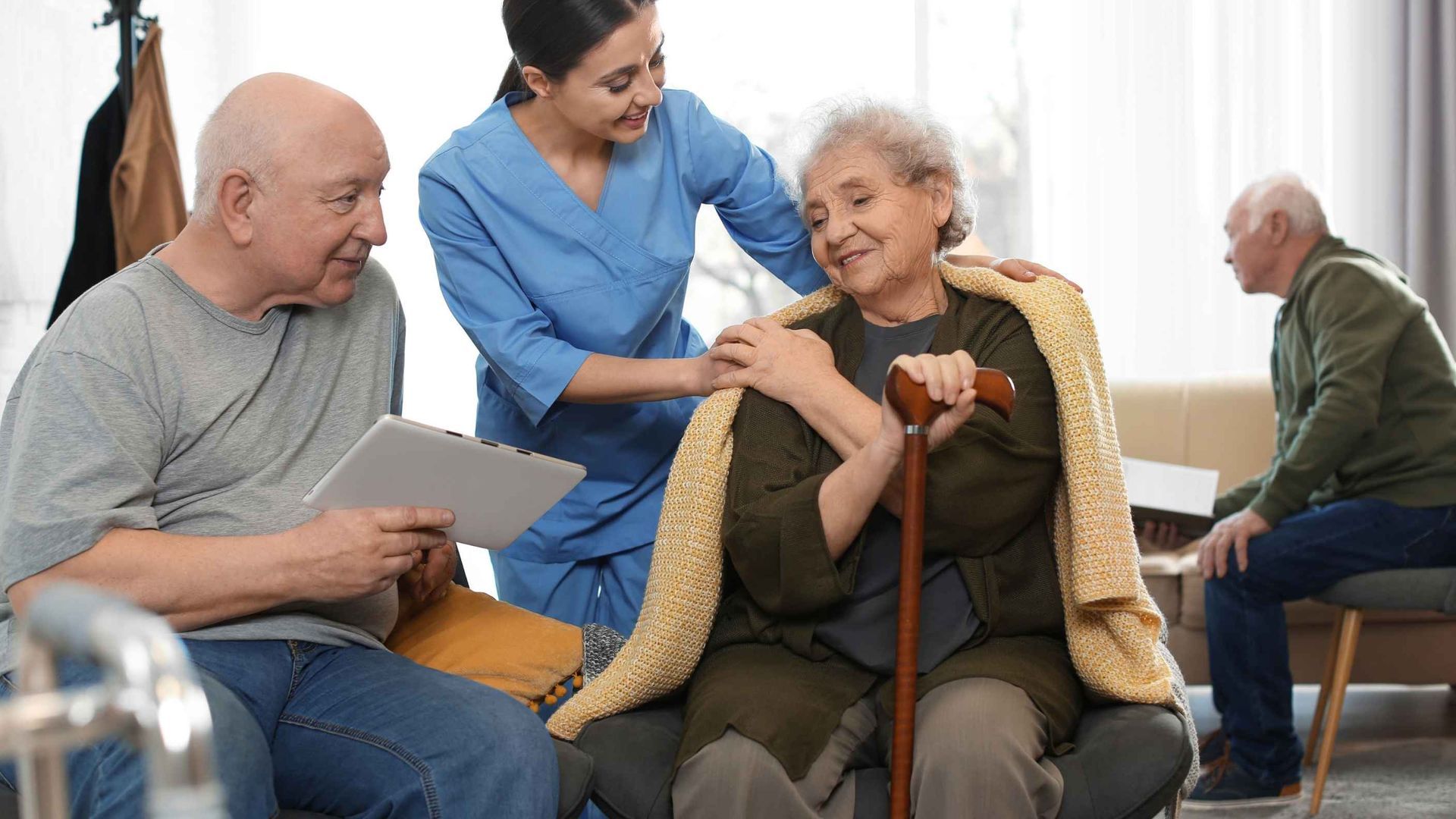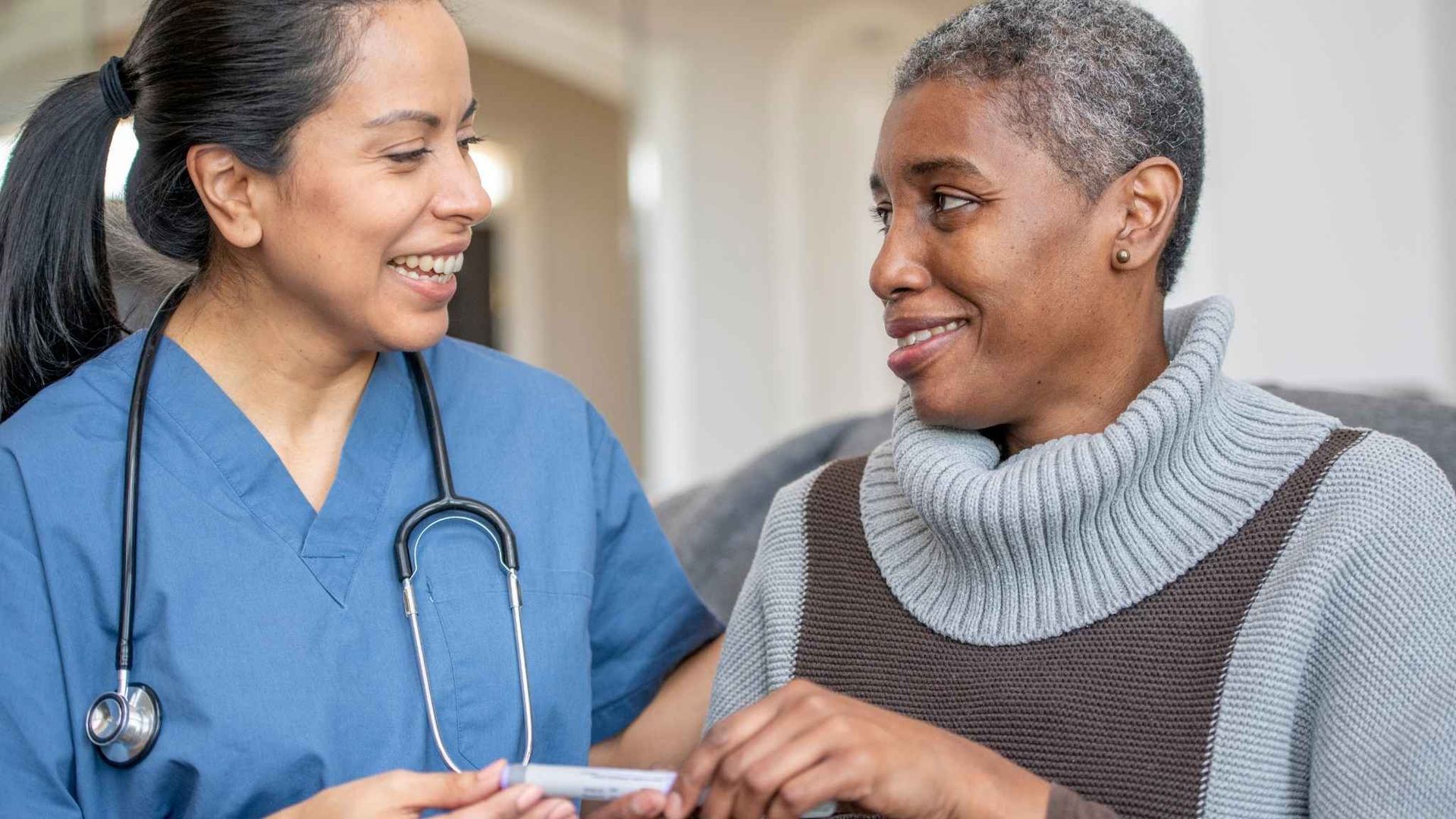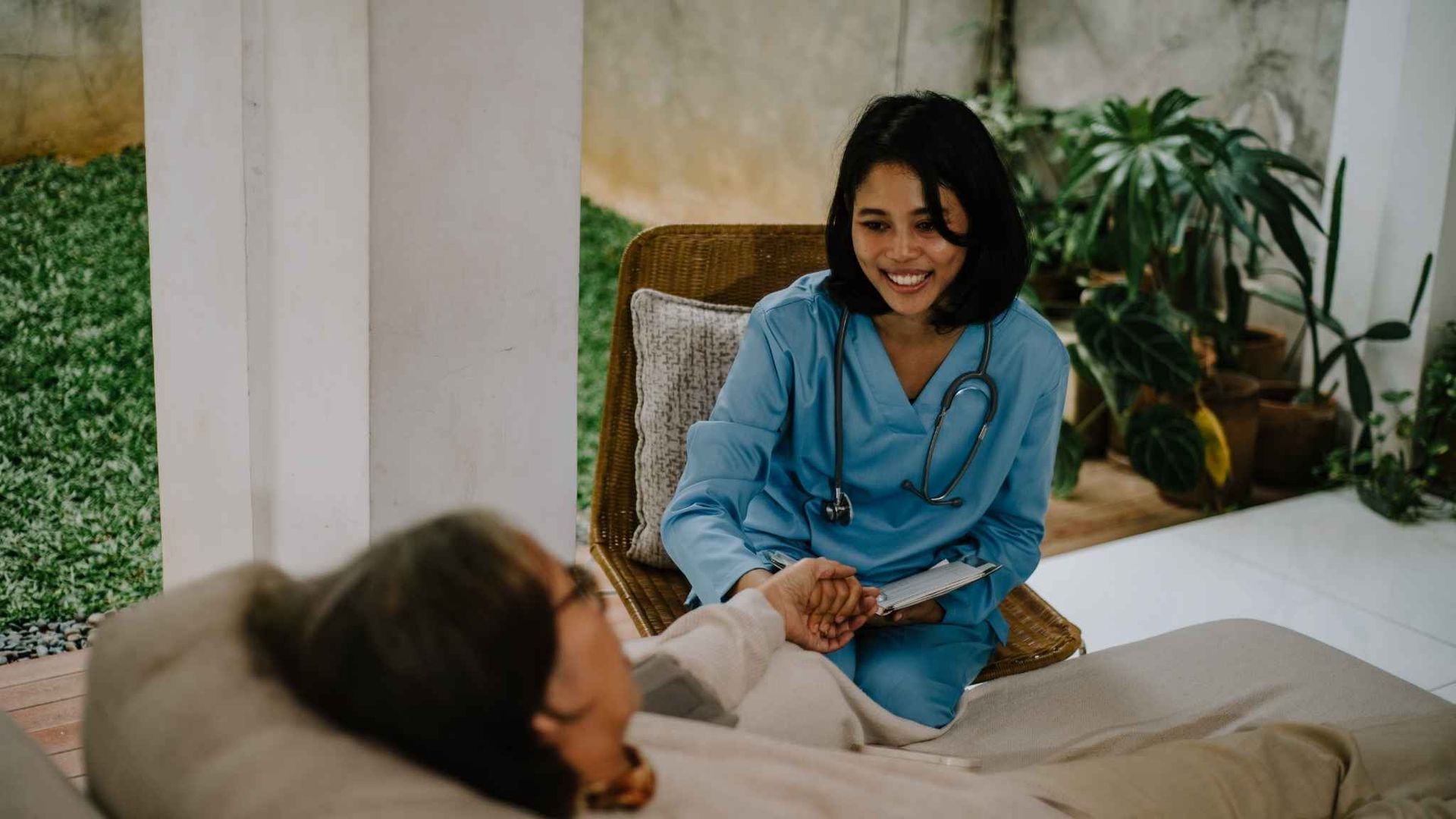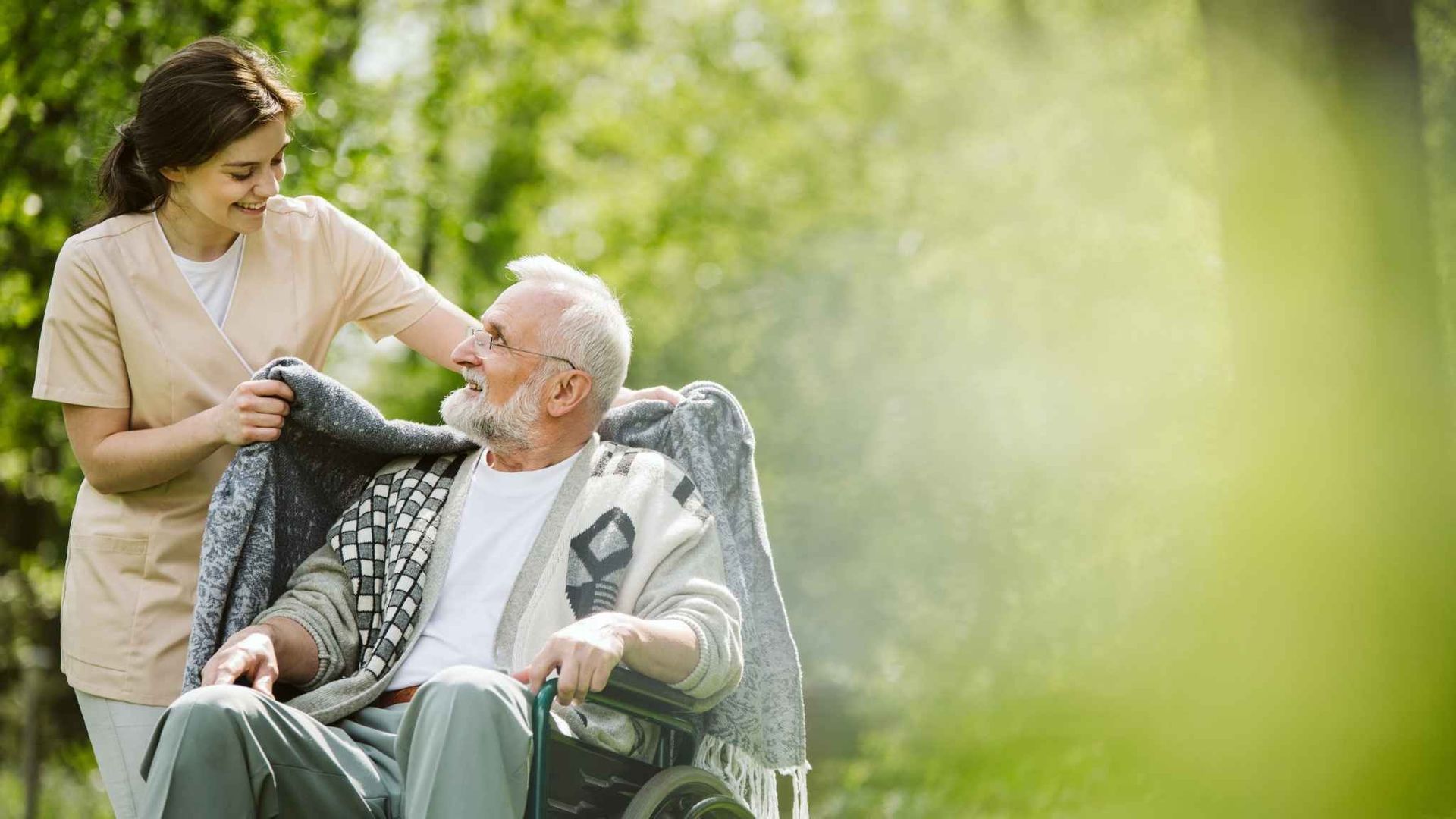What Is Usually Not Included In Hospice Care?
Starting hospice care for a loved one can be tough, especially if you’re unsure what’s included and what’s not. It’s only natural to want everything possible to keep them comfortable and cared for.
But it’s also helpful to know that hospice care, as wonderful as it is, doesn’t cover every single thing we might want.
Hospice focuses on comfort and support, but some things—like certain treatments, specific equipment, or round-the-clock in-home care—may not be included. Understanding these limits can help you prepare and find ways to fill in the gaps, making sure your loved one stays as comfortable and supported as possible.
So, what is usually not included in hospice care?
Let's find out.
What Does Hospice Care Not Include?
While many supportive services are included, some types of care typically aren’t part of the standard package. Knowing these exclusions can help families prepare, plan for additional resources, and ensure your loved one’s needs are met as comfortably as possible.
Here’s a quick look at what hospice usually doesn’t cover:
Curative Treatments
Hospice care is designed to provide comfort and support rather than pursue treatments aimed at curing an illness. This means that curative treatments, like chemotherapy or surgeries intended to reverse a disease, are typically not included in hospice care. The focus remains on managing symptoms, relieving pain, and improving the patient's quality of life in their final days.
Primary Care Services
Hospice care isn’t a substitute for regular primary care. Routine checkups or health screenings that you might expect from a family doctor aren’t covered in hospice. Instead, hospice teams work alongside existing medical providers to support the patient’s end-of-life needs. If primary care services are required, they’ll need to be coordinated separately.
Certain Medications
While hospice generally covers medications that help with symptom relief—like painkillers, anti-nausea meds, and anti-anxiety drugs—it usually does not include drugs intended to cure the illness. This means that costly medications used in cancer treatments, organ transplants, or other chronic condition management won’t typically be part of the hospice package.
Durable Medical Equipment
Hospice care sometimes covers basic medical supplies directly tied to the patient's comfort, but it doesn’t usually include larger or more complex durable medical equipment (DME). This means that items like ventilators, oxygen tanks, hospital beds, and wheelchairs may not be fully covered by hospice, leaving families to arrange for these on their own if needed.
Room and Board
If you’re considering hospice in a nursing home, hospital, or assisted living facility, know that room and board fees are generally not included in hospice benefits. While some facilities might offer hospice care within their walls, the cost of housing itself is usually not covered under standard hospice care and will need to be budgeted for separately.
Rehabilitation
Rehabilitation services, such as physical or occupational therapy, are typically excluded from hospice care. Since hospice focuses on comfort rather than recovery, rehabilitative therapies, which aim to improve mobility or strength, aren’t aligned with its goals. However, if specific rehab treatments would enhance a patient’s comfort, there may be exceptions based on individual care needs.
Alternative Types of Care
Hospice care generally doesn’t include alternative or complementary therapies like acupuncture, massage therapy, or art therapy. These therapies, while beneficial to some, are considered outside the scope of traditional hospice care. If a patient desires these services, families may need to seek out additional resources or private providers to supplement hospice support.
What is Included in Hospice Care?
Now that we know what is usually not included in hospice care, let's get to the opposite side. Hospice care is designed to make end-of-life care as comfortable and supportive as possible for both patients and their families. Here's what it typically includes:
Whole-Person Care
Hospice care takes a team-based approach to support the patient's full range of needs. This team often includes doctors, nurses, social workers, and counselors who work together to address not just physical needs, but also emotional, social, and spiritual aspects of end-of-life care.
Pain and Symptom Management
Managing pain and other distressing symptoms is a top priority in hospice care. Patients receive medications and therapies specifically designed to alleviate discomfort, helping them remain as comfortable as possible.
The hospice team regularly reviews and adjusts medications to adapt to the patient's changing needs, ensuring relief from pain, nausea, shortness of breath, and other common symptoms.
Essential Medical Equipment and Supplies
To support patient comfort at home, hospice provides necessary medical equipment and supplies, such as hospital beds, basic wheelchairs, walkers, and oxygen tanks. Items like bandages, syringes, and other basic supplies are also covered to make home care more manageable.
However, as mentioned above, hospice typically does not include more complex or life-sustaining equipment, such as ventilators or motorized wheelchairs, which may need to be obtained separately.
Temporary Inpatient Care
If a patient experiences symptoms that cannot be managed effectively at home, hospice may arrange for short-term stays in a facility, such as a hospital or specialized hospice center. This allows for more intensive symptom management until the patient is stable enough to return to home care.
Support for Family and Caregivers
Hospice understands that family members and caregivers play an essential role in the care process. Hospice teams provide training and guidance to help caregivers feel prepared to support their loved ones at home.
They also connect caregivers with resources to help them manage both the physical work and emotional challenges of caregiving, making sure they have the support they need during this difficult time.
Respite Care
Respite care offers temporary relief for primary caregivers by allowing patients to receive care in a facility for a short period. This gives caregivers a chance to rest and recharge, knowing their loved one is in good hands.
Bereavement Support
Hospice care often extends beyond the patient’s passing, providing bereavement support for family members. Grief counseling, support groups, and other resources help families process their loss and adjust to life after their loved one’s death.
What We Offer Here at Valley Oaks Hospice
In addition to the essential hospice services designed to bring comfort and peace, Valley Oaks Hospice goes above and beyond with a range of specialized services to make end-of-life care even more comprehensive.
Here’s what sets us apart:
Nurse Visits
Our skilled nurses conduct in-home visits to provide vital medical services, such as monitoring vitals, administering medication, and handling crisis management. We can even perform x-rays, ultrasounds, blood work, and urine testing right at home, ensuring that any necessary diagnostics are done promptly and comfortably.
Home Health Aide Visits
Our compassionate Home Health Aides not only monitor health but also assist with everyday tasks to ease the caregiving load. From grocery shopping and cooking to personal hygiene and laundry, we make daily life smoother for both patients and their families.
Mobile X-Ray and Ultrasound
For added convenience, we bring x-ray and ultrasound equipment directly to the patient’s home upon request. These tests are reviewed by a doctor to ensure that any new health concerns are addressed swiftly and effectively, without the stress of a hospital visit.
Physical Therapy
Mobility is a key factor in maintaining quality of life, and our tailored physical therapy services help patients regain or maintain the ability to sit, walk, stand, and perform daily tasks. We create personalized exercise plans to meet each patient’s specific needs, enhancing comfort and independence.
In-Home Blood Work and Urinalysis
Our team offers in-home blood work and urinalysis to check for any changes in health beyond the primary illness. Based on results, we can take proactive steps to adjust care as needed, all from the comfort of the patient’s home.
Non-Medical Care
Valley Oaks also understands the importance of non-medical support, offering additional services to uplift the spirit and nurture the mind. We have the following:
Spiritual Service
For those seeking spiritual guidance, we arrange visits from religious figures, like chaplains or rabbis. Religious affiliation is not required; we can connect patients with staff to discuss philosophical or emotional concerns.
Pet Therapy
Many patients find comfort in the companionship of therapy animals. Through pet therapy, we bring dogs or cats to interact with patients, helping to ease stress and reduce anxiety.
Music Therapy
Our music therapy program taps into the healing power of music, helping patients feel joy and relaxation. This therapy is known to reduce heart rate and blood pressure and can even help lessen physical pain.
Is Hospice Care Right for Your Loved One?
Deciding on hospice care is a personal choice that depends on your loved one’s health, needs, and goals. Understanding what is usually not included in hospice care is just as important as knowing what it provides, allowing you to make informed decisions about additional resources that may be needed.
If you're uncertain whether hospice care is the right path,
reach out to connect with
Valley Oaks Hospice. We're here to answer your questions, provide guidance, and support you in making the best choice for your family. Let us help you find a care plan that brings comfort and peace to your loved one when they need it most.

